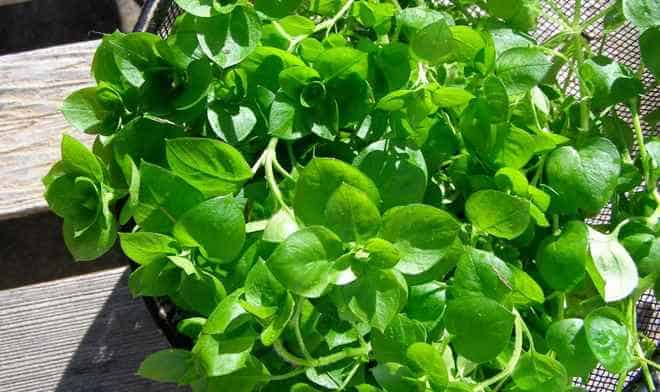London is not a place where one expects to see wild crops growing, but according to The Tree Council, there are a number of foods such as apples, berries, and nuts growing in the city’s parks, forests, and hedgerows.
In London, there are several local foraging groups encouraging people to pick their own food. Forage Wild Food is a group run by Jason Irving, a former full-time forager for restaurants in the United Kingdom, who hosts walks, talks, and workshops. Participants learn which plants are safe to eat, where to find them, and how to prepare them.
There are numerous benefits to foraging for wild food. According to Irving, “[going on a] wild food walk is a wonderful way to learn more about your environment, connect with nature, and gain practical skills that will enable you to find food for free.” By following a few key rules, such as never eating anything you cannot identify and steering clear of polluted areas, foraging can become a great way to add extra nutrition and flavor to any diet. As indicated in a report by the U.N. Food and Agriculture Organization (FAO), foraging offers supplemental food and income that in turn contributes to household food security. Foraging also boosts nutrition, as many common weeds have a high nutritional content. One cup of dandelion greens, renowned for their bittersweet flavor, is higher in Vitamin A, K, calcium, and iron than broccoli.
But wild plants are not only for the avid forager. In fact, wild food is undergoing a gourmet renaissance at top restaurants around the world. So-called weeds are making their way from pesky garden invaders to must-have ingredients at some of the world’s best restaurants. Copenhagen’s Noma, famously committed to using ingredients native to the Nordic region, has been consistently ranked one of the world’s best restaurants since 2005. Famous restaurants in London such as Dinner by Heston Blumenthal and The Ledbury, also rely heavily upon foraged foods in their dishes. Such popularity afforded Irving the opportunity to work as a full time forager from 2009-2011, supplying wild ingredients to various restaurants in London.
If this talk of delicious, nutritious wild plants has inspired a hunger for wild food, try this recipe for chickweed paté. Chickweed grows all year long across the U.S. and Europe and is a good source of Vitamins A, D, B-complex, and C. The recipe comes from Wildman Steve Brill’s The Wild Vegan Cookbook.
Chickweed Paté
Ingredients
5 handfuls of cooked chickpeas
2 cloves of garlic (crushed)
1 red chilli (deseeded and chopped)
3 large handfuls of fresh chickweed leaves and stems (chopped)
4 scallions (chopped)
2 handfuls of fresh tarragon (chopped)
1 tablespoon of brown rice vinegar
2-3 tablespoons of miso
Juice of one lemon
2 tablespoons of olive oil
Instructions:
In a food processor, briefly blitz the chickpeas and chickweed until mixed.
Add all the remaining ingredients and process until the mixture has reached the preferred consistency.
Serve with biscuits or crudités.
Serves: 3













